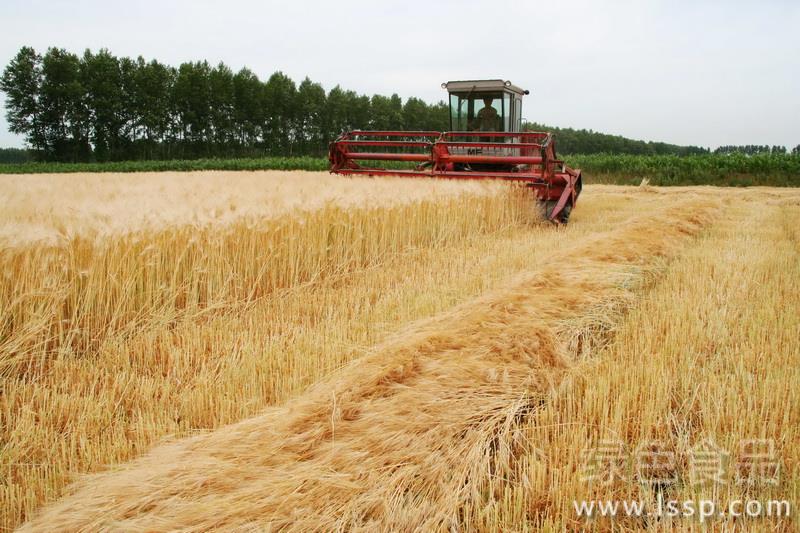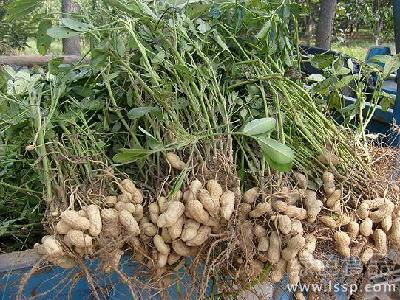High-yielding cultivation techniques of drought-resistant and Cold-tolerant Wheat

Barley
Barley has the biological characteristics of early maturity, wide adaptability, drought and cold resistance, high and stable yield and resistance to diseases and insect pests. It is not only a high-quality raw material for wine-making, but also a high-quality feed for livestock, so it should be planted and promoted actively.
1. Select improved varieties
Feng barley No. 6 and No. 7 can be selected for malting barley, and the yield can reach 500mur600 kg / mu. Barley No. 5 can be selected for forage barley, and the yield can reach 400 won 500 kg / mu.
2. Cultivation techniques.
2.1. Soil preparation: the high-yield field of planting barley requires loose and deep soil and good physical and chemical properties. The root development of barley is weaker than that of wheat, its distribution is shallow, and its moisture tolerance is poor, so it should be planted in fields with good drainage and irrigation and middle and high fertility. The no-tillage method can be used to sow or sow soil moisture artificially on the stubble field, and the ditch mud is suitable to cover the soil to prevent rotten ploughing and rotten seed.
2.2. Timely sowing: barley has a weak response to light and temperature, and the range of sowing time is wider than that of wheat. However, when sowing too early, the growth period of barley is short, jointing and booting is early, and it is vulnerable to low temperature and frost; if sowing too late, the panicle rate per plant is low, the effective panicle is few, the 1000-grain weight is low, and the yield decreases. Sowing at the right time can improve the effective panicle, suitable temperature at grain filling stage, long filling time, sufficient light during grain filling period, more starch accumulation, high 1000-grain weight, high yield, improve grain commodity value, and increase yield and income. According to the characteristics of climatic resources in Dali City, it is suitable to sow barley in the first and middle of November. Barley should take advantage of the favorable time when the rainy season is not over, the soil is moist and the moisture is good, usually in the first and middle of October. Drying seeds for 2 days before sowing can achieve uniform seed drop, suitable depth, uniform depth and uniform seed fertilizer to ensure that the seedlings are uniform, whole, uniform and strong, so as to lay a foundation for high and stable yield.
2.3. reasonable close planting: the yield of medium and high fertility land is more than 400kg per mu, the basic seedlings of malting barley varieties and forage barley varieties are 15-180000 seedlings and 18-200000 seedlings respectively.
2.4. Scientific optimization of fertilization: barley has a short growth period, rapid leaf emergence and tillering, early panicle differentiation, strong root emergence and rapid fertilizer absorption. From seedling emergence to tillering, the absorption of nitrogen and potassium accounts for about 50% of the total absorption, and phosphorus accounts for 35%. By heading, it has absorbed more than 2/3 of the total amount. Therefore, to promote the early development of strong barley seedlings is the key to increase yield, and the principle of fertilization is to promote ahead, moderate stability and post-supplement. Apply sufficient basal fertilizer and seed fertilizer to promote early emergence of seedlings, promote tillering with strong seedlings, promote rapid development of tillers, be robust, obtain suitable number of panicles, stabilize the number of grains per spike, and increase 1000-grain weight in the later stage. The amount of nitrogen fertilizer and the proportion of nitrogen application in the later stage are the decisive factors that determine the grain protein content of malting barley, and the protein content directly affects many quality characters of malt. In the middle and high-grade fertile fields, the yield of high-quality beer is more than 400 kg per mu, urea 25ml 30kg, calcium 30kg, potassium sulfate 10kg. Phosphorus and potassium fertilizer is used as base fertilizer at one time, nitrogen base fertilizer accounts for 60%, tiller fertilizer accounts for 40%. Forage barley varieties and no-tillage barley can be used as jointing and booting fertilizer by applying 10 kg urea according to seedling conditions.
2.5. Water requirement characteristics and irrigation: barley can adapt to arid or dry and hot climate, and the law of water requirement is gradually increasing from emergence to jointing, from jointing to heading with the rapid growth of various organs, to the peak of dry matter accumulation at booting stage, and the most water requirement. Heading to grain filling maturity gradually decreases. Therefore, according to the water demand law of barley at different stages, combined with climate and soil moisture, seedling emergence, jointing, booting, heading and filling water should be irrigated in time. The moisture resistance of barley is poor, so it should be irrigated lightly and drained in time after irrigation.
2.6, prevention and control of grass pests and diseases and insect pests: at 2.5 leaf stage of seedlings, 250 grams of green Malone or 10% wheat straw at a time can be mixed with 60 kg of water for chemical weeding. Rust was controlled by trimethoprim, and buds were controlled by dimethoate, aldicarb and Baizhijing.
2.7, suitable harvest: barley was harvested from the end of wax ripening to the full ripening stage, the grain appearance quality was good, the color was bright, the flavor was clear, the protein content was slightly lower, and the brewing quality was good. More than 75% of the plant stems and leaves turn yellow, and the grains are harvested when they have the normal size and color of this variety.
Related
- Fuxing push coffee new agricultural production and marketing class: lack of small-scale processing plants
- Jujube rice field leisure farm deep ploughing Yilan for five years to create a space for organic food and play
- Nongyu Farm-A trial of organic papaya for brave women with advanced technology
- Four points for attention in the prevention and control of diseases and insect pests of edible fungi
- How to add nutrient solution to Edible Fungi
- Is there any good way to control edible fungus mites?
- Open Inoculation Technology of Edible Fungi
- Is there any clever way to use fertilizer for edible fungus in winter?
- What agents are used to kill the pathogens of edible fungi in the mushroom shed?
- Rapid drying of Edible Fungi



